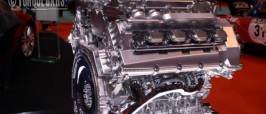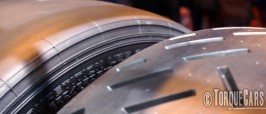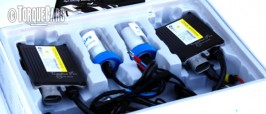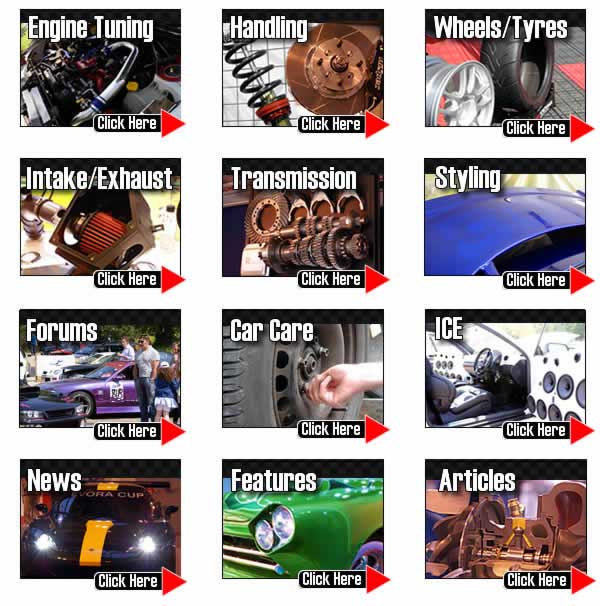

You can increase the power of an engine by increasing its capacity. This is a fairly involved process and requires a good deal of research and preparation. Unless you want to have to retrace your steps and go a different route midway in to the job.
Some of TorqueCars.com members have had their engines rebored ,and this does seem a good way to increase power. However there are a few things we should take into account.
How to avoid engine knock and pinging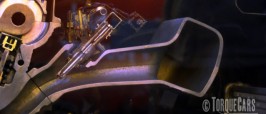
So what exactly is engine knock and how dangerous is it? What causes engine knock and how can it be avoided?
You may notice a knocking or rattling noise from your engine or a sudden loss of power under full throttle.
Immediately back off the throttle and only use low rpm engine speeds until you can get the engine investigated.
The chances are that you are suffering from a condition known as “engine knock”.
Engine Tuning for better improved MPG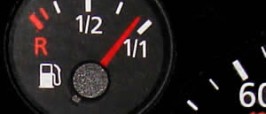
Tuning the cars engine for better MPG means reducing power. "Tuning for Stingy people" Tuning for better MPG. Tuning for […]
How to add a turbo to a non turbo car.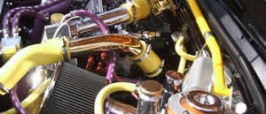
The basic reason for forced induction (turbo or supercharger) is not to increase compression or the maximum pressure in an engine cylinder, it is to increase volumetric efficiency (the efficiency of the engine at drawing in air) although forced induction is the most effective method of upping compression.
In computer games we just tick a box, and within seconds our car is fully turbocharged and running much faster. In the real world things are very different.

